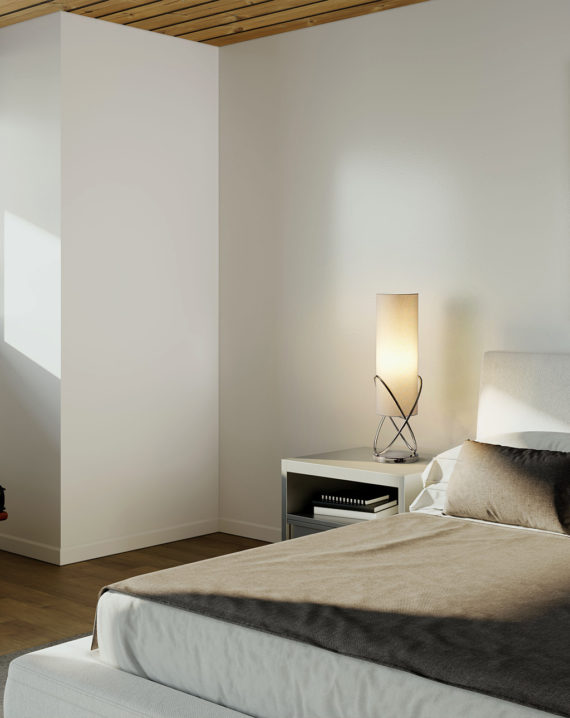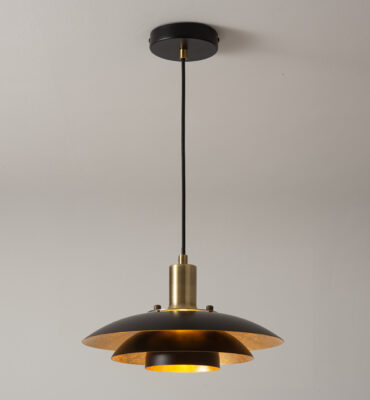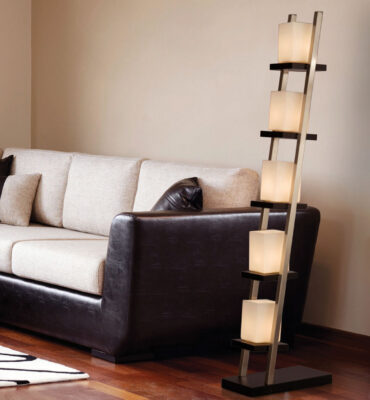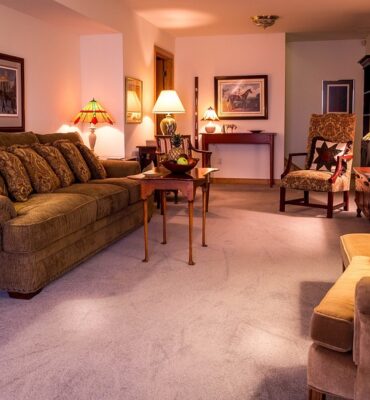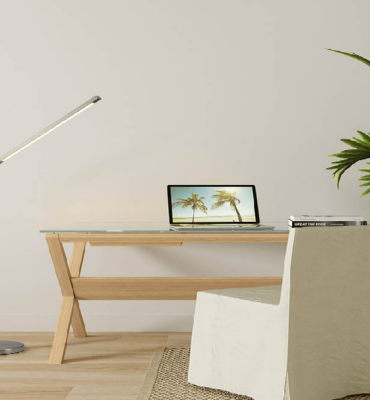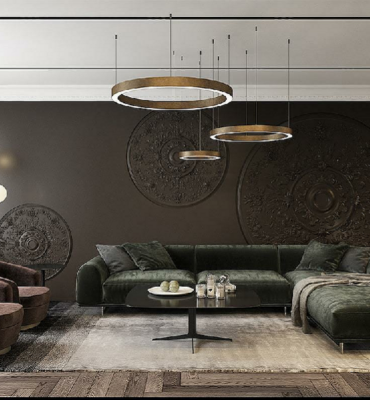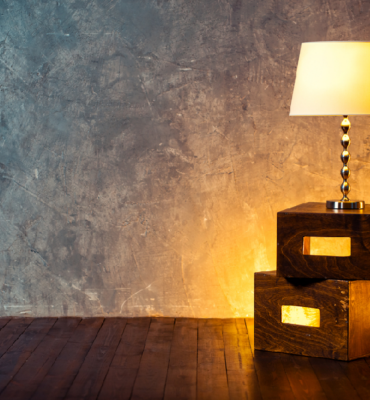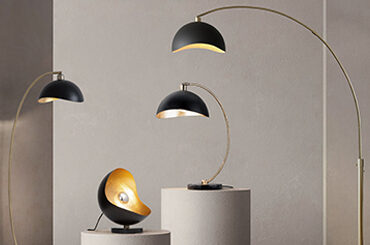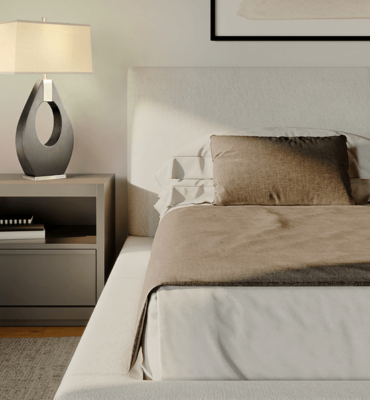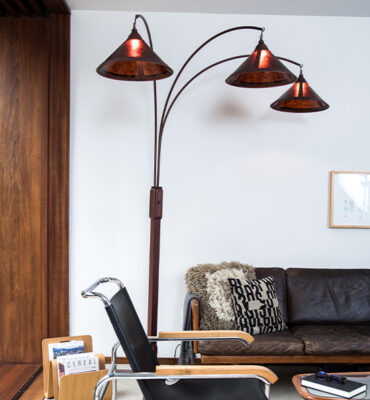If you’re curious about how to create a minimalist-style home, you’re not alone. It’s a crazy, over-stimulating world out there. Daily, you might be balancing a demanding job, family obligations, your health, and other responsibilities, all while being barraged by social media notifications and an ever-changing news landscape.
With the pace of modern life, it’s not surprising that many people are considering a minimalist approach to the way they live and the way they decorate their homes.
The minimalist decor has staying power because it gives us space to think, move, and be. This decor style is characterized by simplicity and order.
Minimalist homes eschew clutter and unnecessary items, focusing instead on highlighting select, high-quality, and high-impact pieces that you love. If minimal ornamentation, calming color schemes, and simple, spacious decor are attractive to you, you may want to give minimalism a try
History of Minimalist Style
You likely see examples of minimalistic style frequently, but just where did minimalism as a design choice originate from? Minimalism is a multi-faceted movement that has touched multiple areas of culture, from architecture to fine art to interior design.
The style came into popularity in the post-World War II era and is said to be influenced by Japanese philosophies and the Bauhaus movement.
Minimalism itself is a highly popular and enduring style whose influence can be seen across other popular interior design trends, including the Scandinavian style and the mid-century modern aesthetic.
Are Minimalists Happier?
You might have heard or read somewhere that minimalism promotes happiness. While it’s hard to say for sure that adopting this style in your home would automatically increase your happiness, there have been studies that point to the psychological benefits of minimalism.
Studies show that stress and clutter can go hand-in-hand. It makes sense if you think about it. The more stuff you have cluttering up your home, the more it impacts the way you live your life and the more frustrating it could lead to.
Another thing to consider is how taking a minimalist approach to life can, in theory, give you more time and mental energy to focus on things that truly can influence your happiness, such as relationships and experiences.
Elements of Minimalist Style Home Design
Minimalism is, by definition, a simple style, but not necessarily one that’s simple to do right. When you’re planning how to redecorate a home in this style, keep in mind several key elements often found in minimalist homes:
- Use simple, monochromatic color palettes that don’t overtax the eyes. White and other light colors are very helpful in creating calm, minimalist spaces.
- Limit your use of bright colors and busy patterns (especially the mixing of multiple patterns).
- Avoid too much ornamentation. Essentially, strive for the opposite of maximalist, granny chic, grand millennial style.
- Maximize natural light. Minimal homes emphasize clean, bright, open spaces, not dark corners.
- Keep rooms clean and clutter-free. This should almost go without saying, but messiness is utterly antithetical to minimalism.
- Keep surfaces free from all items except those you need to easily access in your day-to-day tasks. Use tidy, smart storage to conceal other items.
- Embrace blank spaces. Every inch of the wall doesn’t need to be covered with art and knickknacks. Appreciate the balance between spaces and the objects contained in them.
- Keep decoration and accent pieces minimal, but strive for impactful items, such as a large painting that you love looking at or a high-end mid-century modern chair.
Paring Down for Minimalist Living
Some extreme minimalists can pare their possessions down to just 100 items they need. While you can strive for this level of minimalism if you want, it might not make sense with your lifestyle.
You can still aim to get rid of items you don’t need. Take a tip from organization maven Marie Kondo and go through the items in your home, asking if they “spark joy.” If the answer is no, you may need to consider throwing an item out.
Minimalist Home Style Ideas
Minimalism isn’t just a set of rigid rules. There are certain guidelines to follow, but there are also plenty of ways to personalize and have fun when decorating a minimalist-style home. Here are a few of our tips:
Make Minimalism Your Own
You aren’t confined to just white, grey, and black if you want to achieve a minimalist home. If you love color and can’t bear the thought of living in a white box, include bright pops of sunny, optimistic hues in a mostly monochromatic home. In small doses, color can complement a minimalist design scheme wonderfully.
Get Cozy and Calm
Minimalist homes don’t have to be synonymous with cold, sterile spaces. You can create a home that’s both serene and welcoming with mixed textiles (blankets, pillows, rugs, etc.) in a monochromatic color scheme and the addition of candles and natural elements for decor. You can also work natural wood and leather into the rooms in your home for a welcoming, homey feel.
Make Art Mean Something to You
Since ornamentation is kept at a minimum in minimalist homes, make sure the pieces you do have are special. For example, try arranging beloved family heirlooms artfully on a well-lit, sleek shelf or display your children’s art in high-quality frames with gallery lighting.
Treat Yourself
When you fully embrace minimalism, you won’t be overspending on endless amounts of things you don’t need. Instead, redirect that money to quality items you will use daily and that will last you for years (think: well-made furniture and luxurious bedding).
Minimalist Lighting for the Home
Natural light is important in minimalism but so is the right artificial lighting. Here are a few ideas we love for minimalist homes
- Use recessed lighting or track lighting for functional, unobtrusive illumination of key areas in your home.
- Try repetition. Install two or three matching pendant lights over a kitchen island or one on either side of your bed.
- Opt for mid-century modern lighting styles. Mid-century modernism and minimalism are similar in that they both value clean lines and functional spaces. Try a mid-century arc lamp, Sputnik fixture, or simple globe pendant. Think of it as a piece that does double duty as both a work of art and a functional object.
If you want a home that makes you breathe a sigh of relief every time you walk in the door—And who wouldn’t want that?—minimalism may be for you. Use these tips to guide you in your journey to a calmer, simpler minimalist-style home.



